Home>Ideas and Tips>Creating A Functional Home Office In A Spare Closet
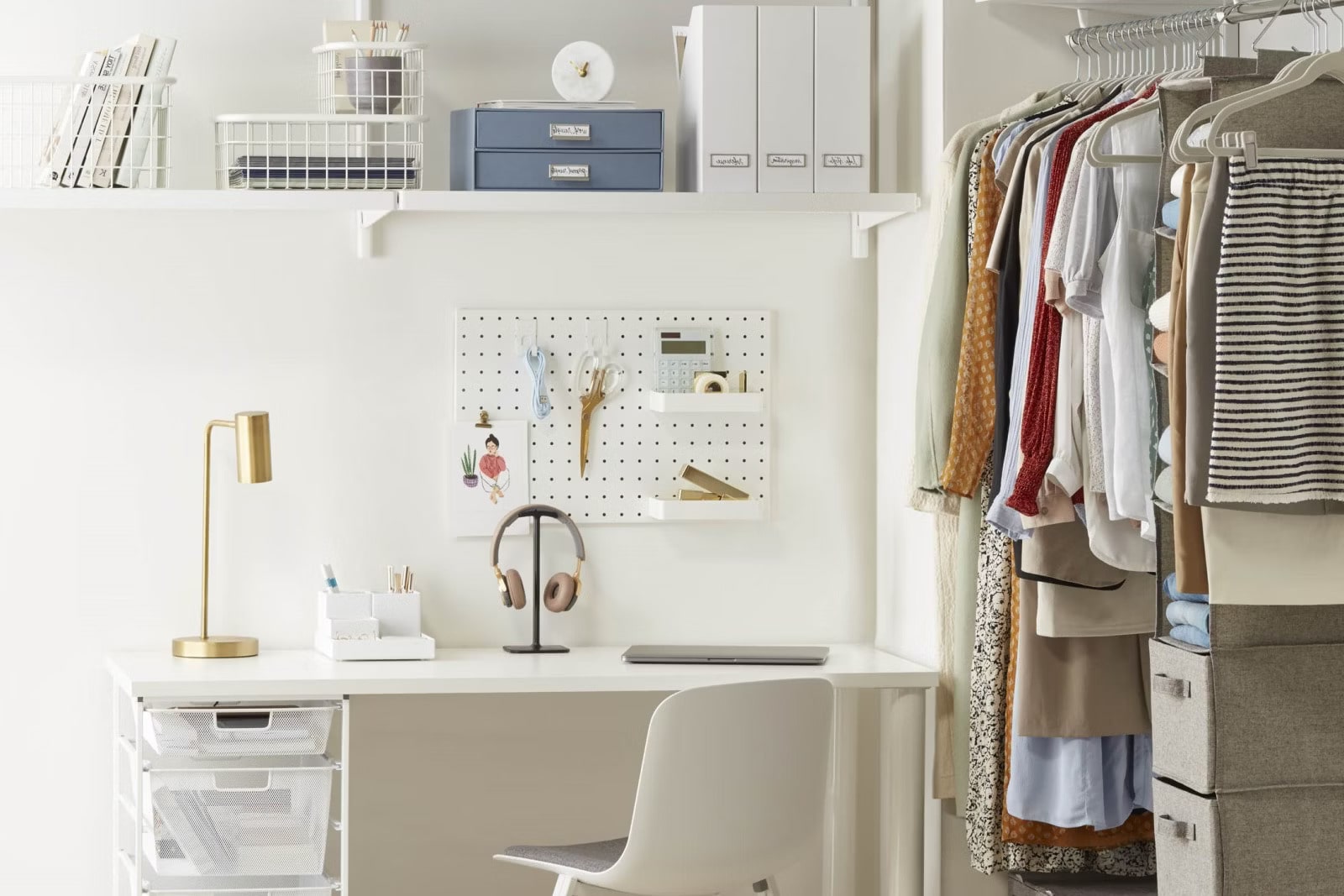

Ideas and Tips
Creating A Functional Home Office In A Spare Closet
Modified: October 27, 2024
Transform your spare closet into a functional home office with our design tips, organizational ideas, and practical considerations for a productive workspace.
(Many of the links in this article redirect to a specific reviewed product. Your purchase of these products through affiliate links helps to generate commission for Storables.com, at no extra cost. Learn more)
Creating a functional home office in a spare closet is a brilliant way to maximize space and create a dedicated work area. But how do you actually do it? Let's break it down step by step.
Understanding the Potential of a Closet Office
A closet office, often called a "cloffice," is a fantastic way to use space that might otherwise go to waste. Closets are usually small, but with a bit of creativity, they can be transformed into a cozy and efficient workspace. By installing a desk, shelves, and storage solutions, you can create a home office that doesn't take up any extra room in your house.
Benefits of a Closet Office
- Space Efficiency: Closets are small, making them perfect for tight spaces. Turning a closet into an office means you get a workspace without losing any living space.
- Organization: Closets often have built-in shelves and storage, which can be used for office supplies, files, and other work items. This helps keep your workspace tidy.
- Privacy: If you need a quiet place to work, a closet office can give you the isolation you need from family members or roommates.
- Flexibility: Closets can be customized to fit your needs. Whether you need a small desk or extra storage, you can make it work.
Planning Your Closet Office
Before you start, it's important to plan your space carefully. Here are some steps to help you get started:
Assessing Your Closet
- Measure Your Closet: Take accurate measurements to figure out the best layout for your desk and other furniture.
- Identify Existing Features: Look for shelves, rods, or other features that could be repurposed for your office.
- Consider Lighting: Check the natural light in your closet and think about adding extra lighting if needed.
Choosing the Right Furniture
- Desk Selection: Pick a desk that fits comfortably in your closet while leaving enough room to move around. Consider compact or wall-mounted desks to save space.
- Ergonomic Chair: Get an ergonomic chair that fits inside the closet door when closed. This ensures comfort and privacy.
- Shelving Units: Use shelves to maximize vertical space and store books, files, and office supplies.
- Storage Bins: Add bins or baskets to keep small items like paper clips, pens, and other supplies organized.
Designing Your Closet Office
Your closet office should be both functional and nice to look at. Here are some design ideas:
Matching Closet Doors
- Aesthetics: Match the closet doors with your home's decor for a cohesive look.
- Functionality: Make sure the doors are easy to open and close smoothly.
Keeping the Design Fuss-Free
- Simplicity: Use neutral colors and minimal decor for a simple design.
- Versatility: Use closed cabinets above to hide messes and create an open space below for a chair.
- Electrical Outlets: Install outlets within reach to charge your devices.
Making the Most of Vertical Space
- Shelves: Install shelves to use vertical space for books and work tools.
- Hooks: Add hooks for hanging decorations or tools.
- Space Dividers: Use dividers or curtains to separate your cloffice from the rest of your space.
Organizing Your Closet Office
Keeping your closet office organized is key to staying productive. Here are some tips:
Using Built-In Units
- Built-In Shelves: Use built-in shelves to store books and display inspiring objects while keeping clutter away.
- Soft Furnishings: Add curtains, blinds, and cushions for comfort and style.
Adding Bins and Labels
- Storage Bins: Use bins for files, receipts, and paperwork you don't need often.
- DIY Labels: Make storage labels using Microsoft Word or similar software. Attach them with self-laminating sheets or sticky tack.
Creating a File Cabinet Area
- File Cabinet Placement: Put a file cabinet in the closet for important documents.
- Additional Storage: Use the space above the file cabinet for photography equipment or other supplies.
Practical Considerations
When turning a closet into a home office, keep these practical tips in mind:
Lighting
- Natural Light: If possible, put your desk near a window for natural light.
- Additional Lighting: Add wireless puck lights or other fixtures if natural light isn't enough.
Electrical Outlets
- Outlet Placement: Make sure outlets are within reach to avoid tripping over cords.
Noise Reduction
- Soundproofing: If you live in a noisy area, add soundproofing materials like acoustic panels or thick curtains.
Real-Life Examples
Let's look at some real-life examples of people who have turned their closets into home offices:
Example 1: The Home Office in a Closet
In an article by The Crazy Craft Lady, someone transformed two closets in their bedroom into a home office. They:
- Measured and Cut: Measured the closet space and cut a board to fit as a desk.
- Painted: Painted the desk with high-gloss white paint and the back wall with chalkboard paint.
- Added Shelves: Removed an existing shelf and used its supports for the new desk.
- Decorated: Added floating shelves, bins, and labels for organization.
This setup maximizes space and adds creativity with unique design elements.
Example 2: Closet Office Ideas
Homes & Gardens offers several closet office ideas that focus on practicality and comfort. Key points include:
- Compact Desks: Fit compact desks behind wardrobe doors or use sliding paneled doors for a seamless look.
- Simple Design: Keep the design simple with neutral colors and minimal decor.
- Storage Solutions: Use built-in units or shelves for books and inspiring objects.
These ideas show how versatile a closet office can be while staying organized.
Example 3: Organized Home Office Closet
The DIY Playbook shares how someone created an organized home office closet using IKEA PAX systems. They:
- Installed PAX System: Installed an IKEA PAX system with shelf hole covers, drawer liners, and white stickers for a finished look.
- Added Bins: Used IKEA bins for files, receipts, and paperwork.
- Created Labels: Made storage labels using Microsoft Word and self-laminating sheets.
This setup shows how easy it is to create an organized home office with readily available materials.
Creating a functional home office in a spare closet is not only possible but also highly beneficial. By following these steps—assessing your closet space, choosing the right furniture, designing thoughtfully, organizing effectively, and considering practical aspects—you can turn an underused area into an efficient workspace. Whether you work from home full-time or need a quiet spot for projects, a closet office is a great solution that maximizes space while keeping you productive and comfortable.
Was this page helpful?
At Storables.com, we guarantee accurate and reliable information. Our content, validated by Expert Board Contributors, is crafted following stringent Editorial Policies. We're committed to providing you with well-researched, expert-backed insights for all your informational needs.
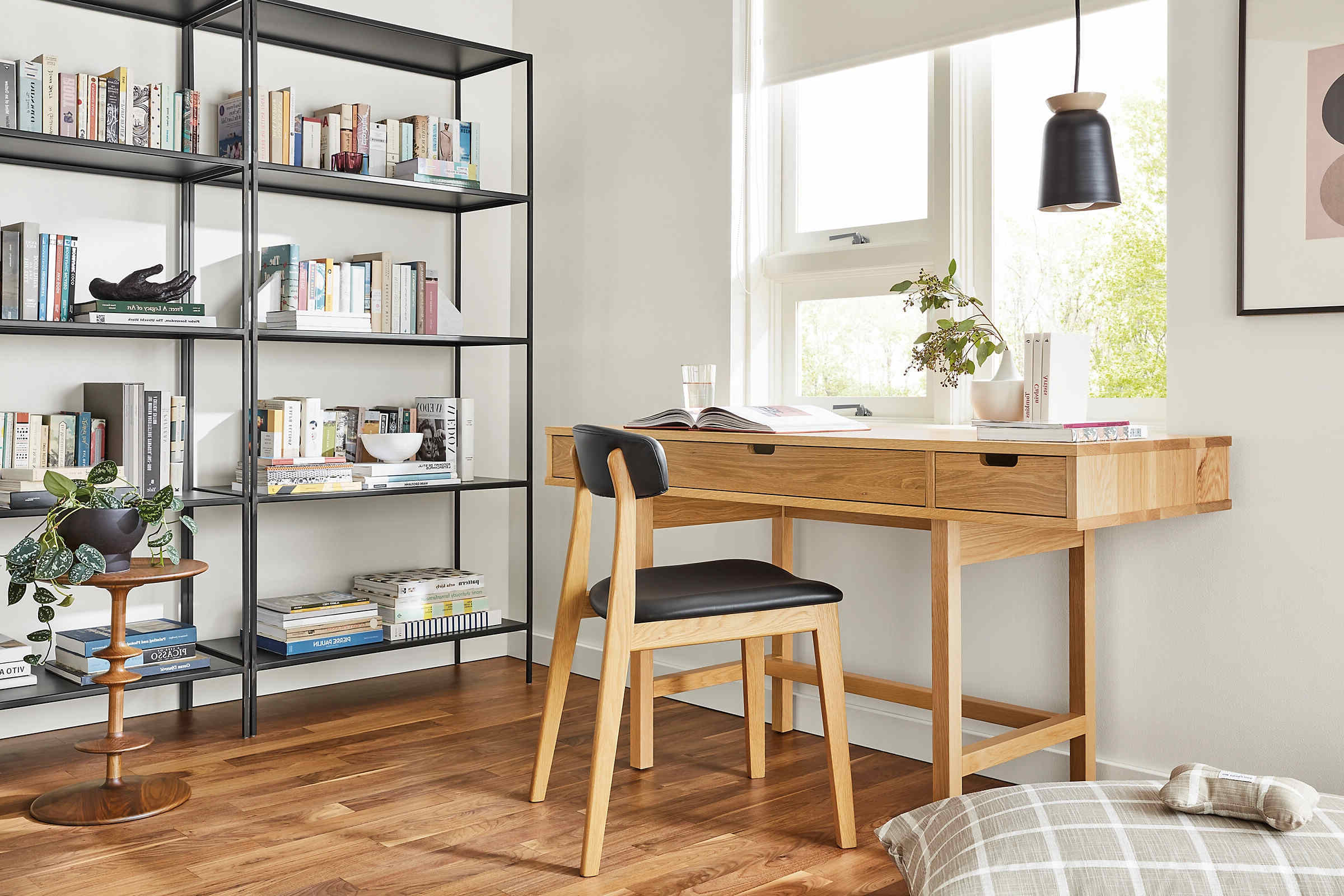
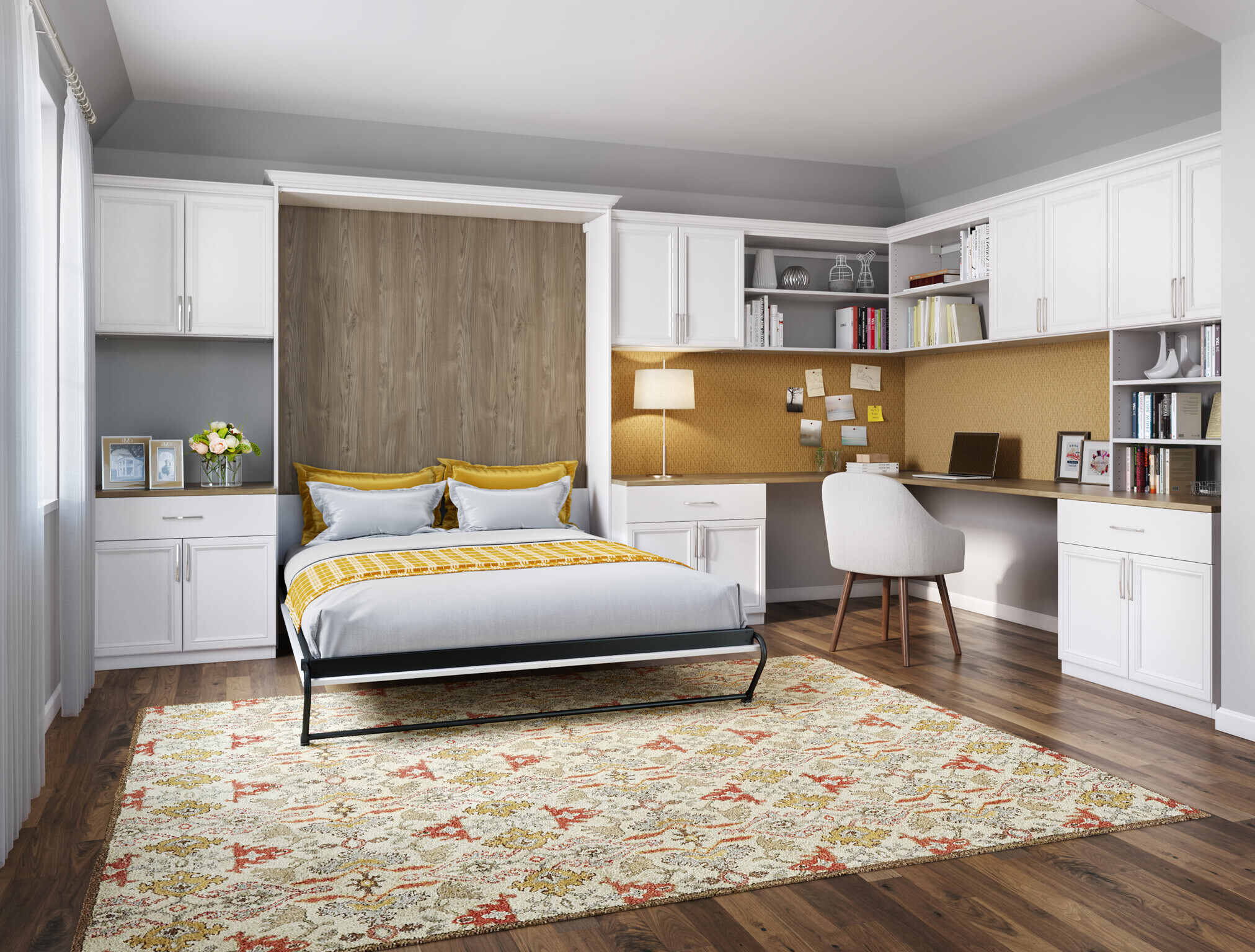
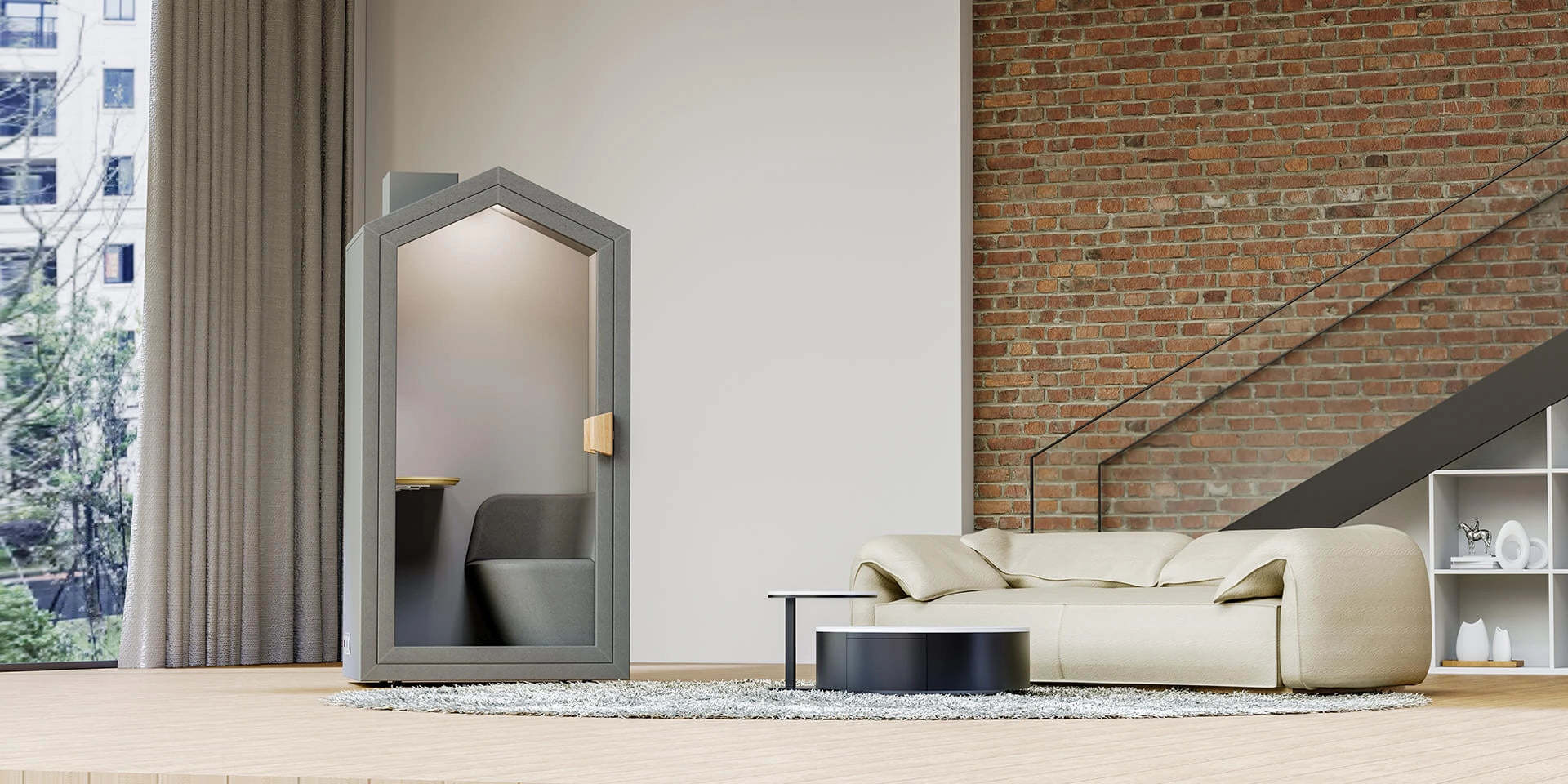
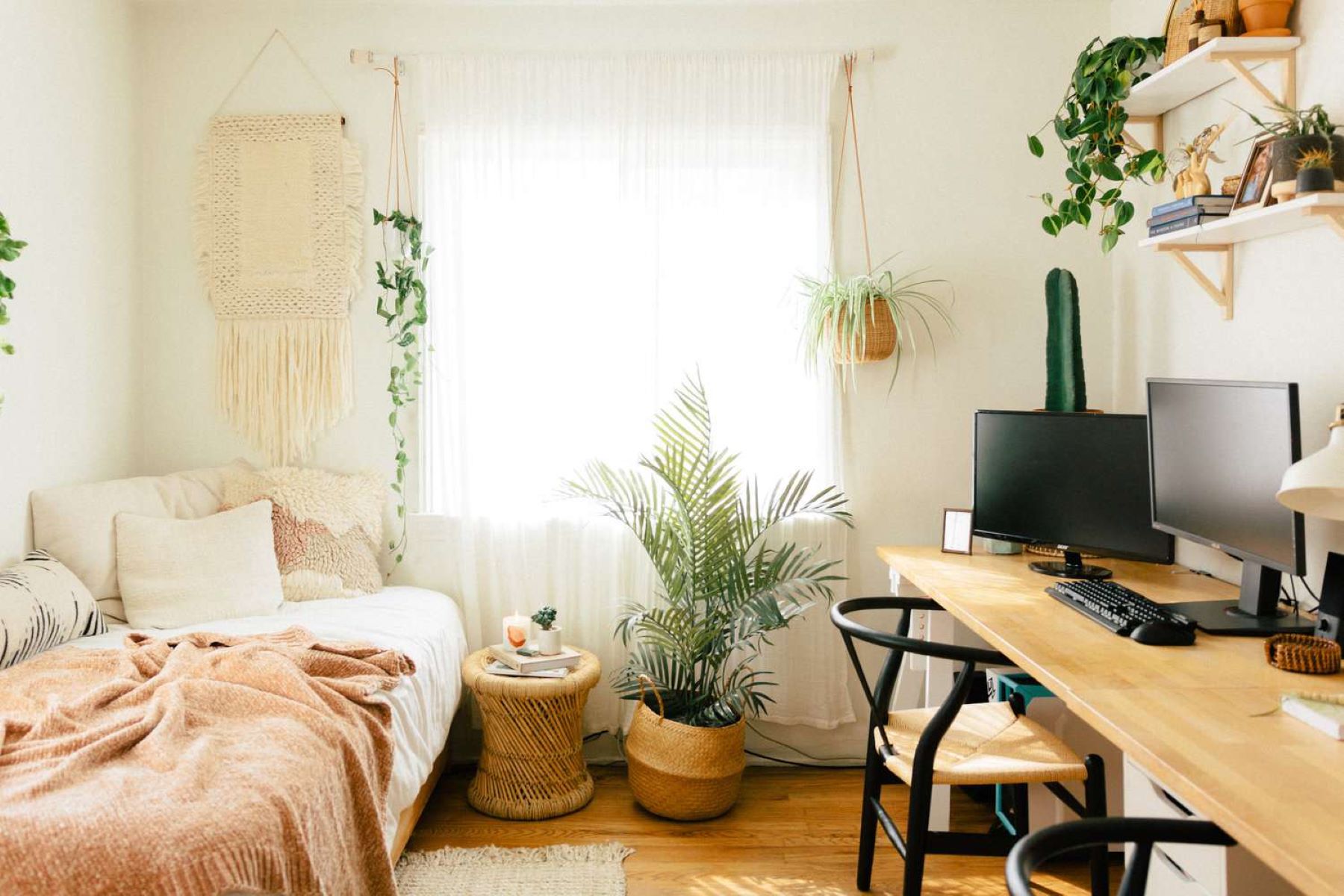
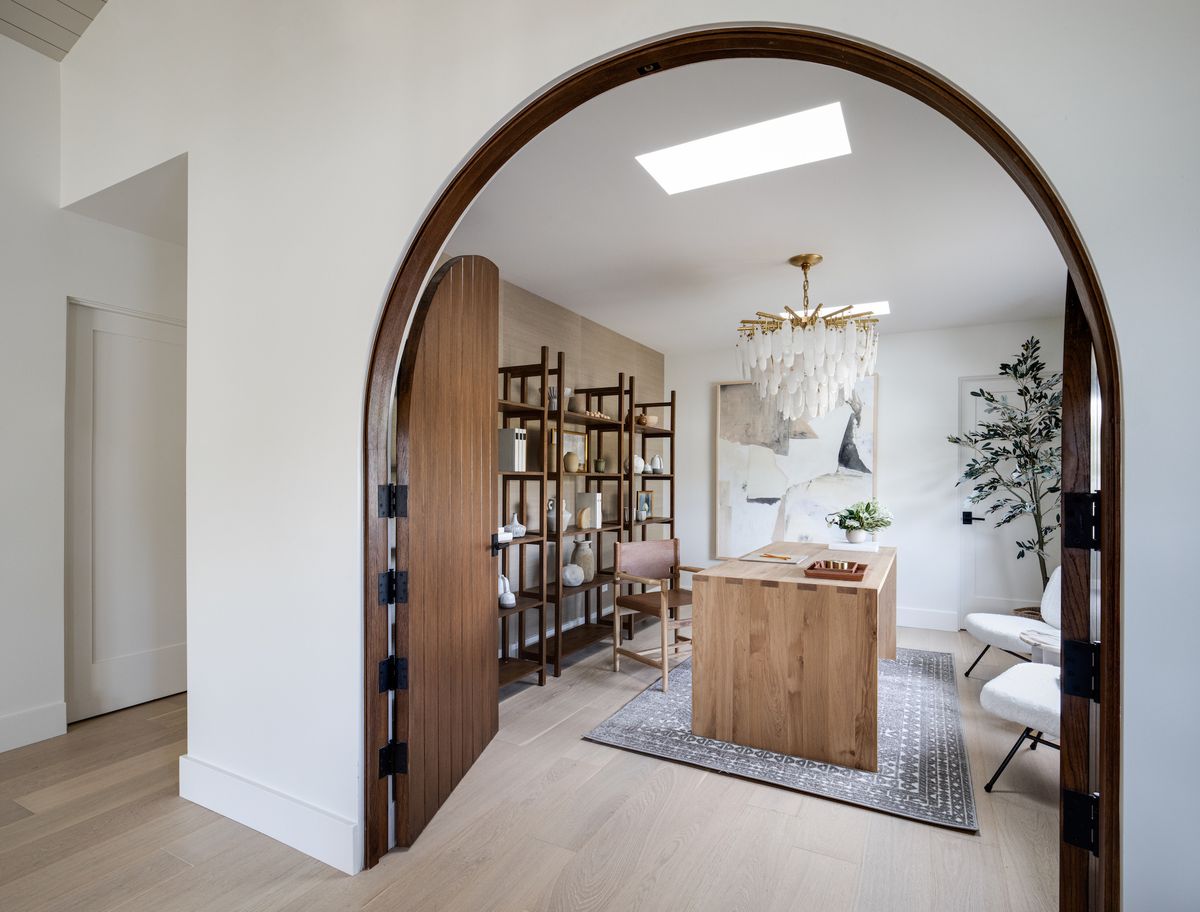
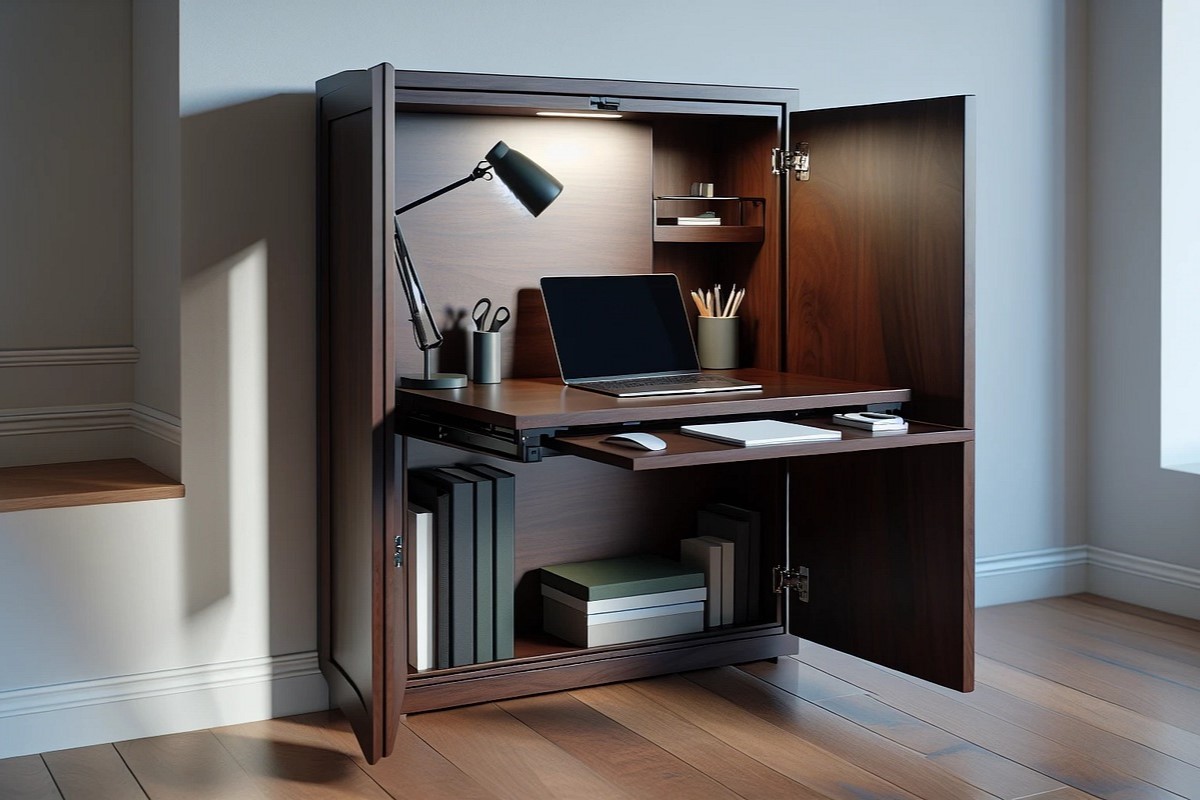
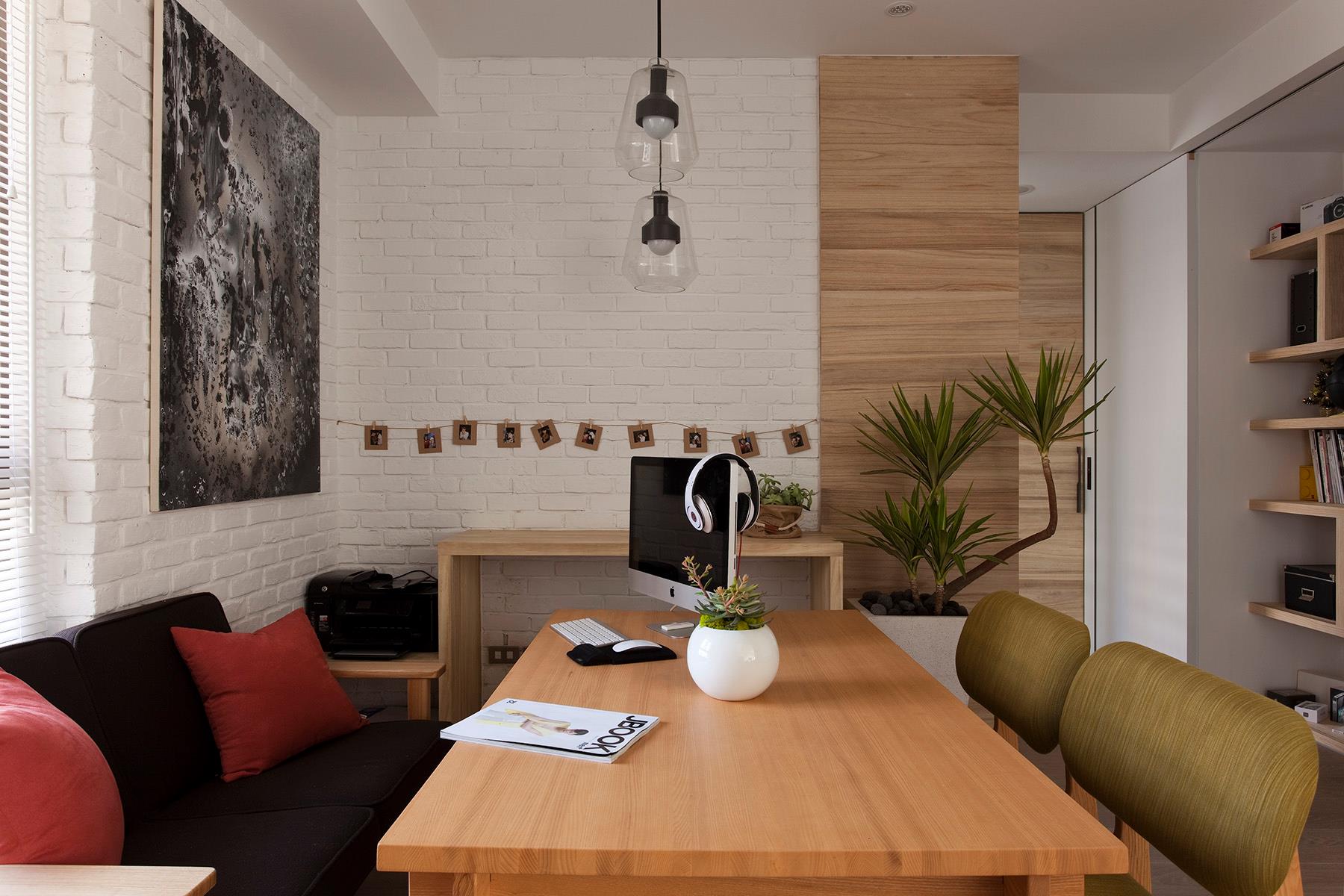
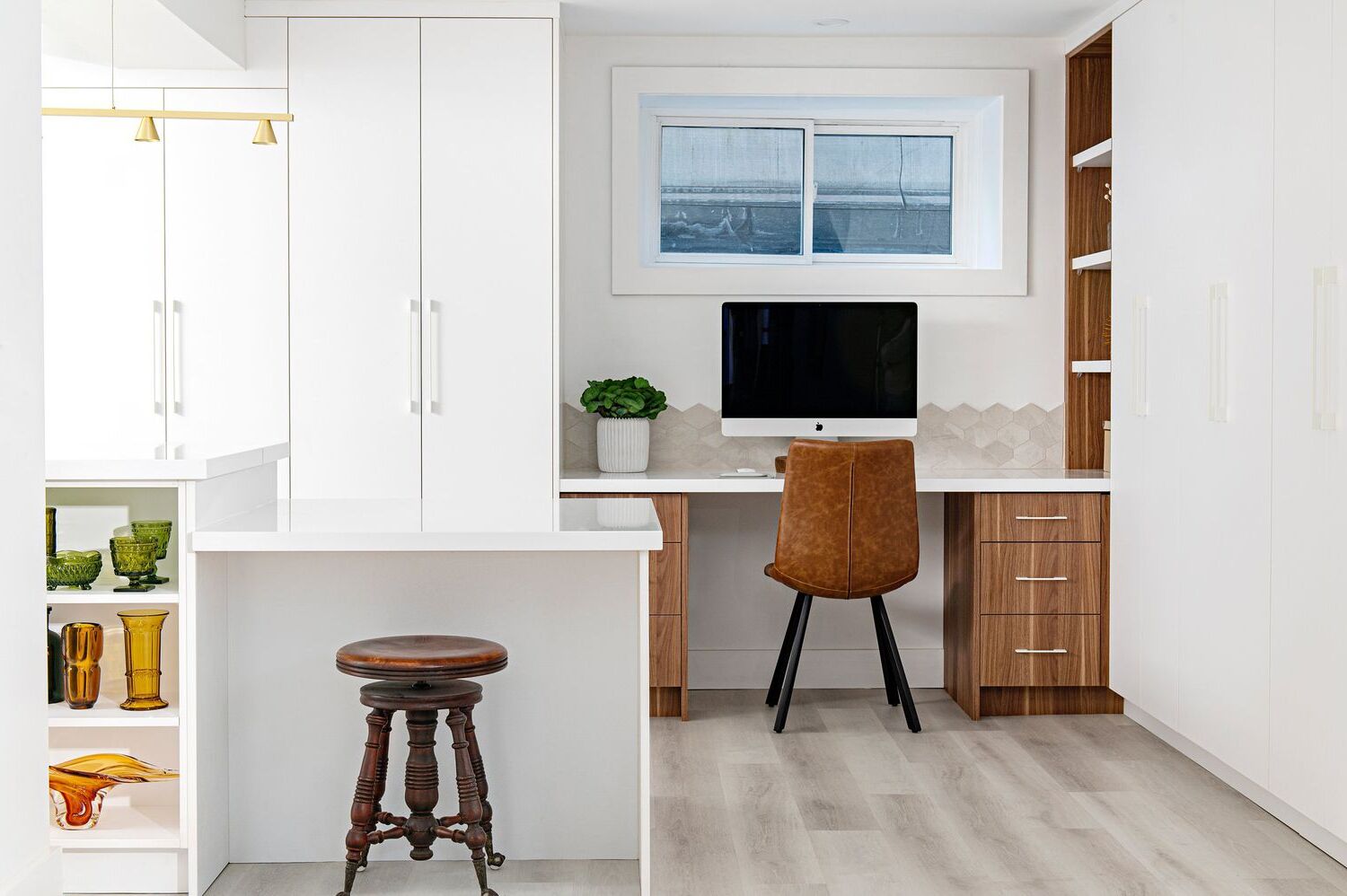
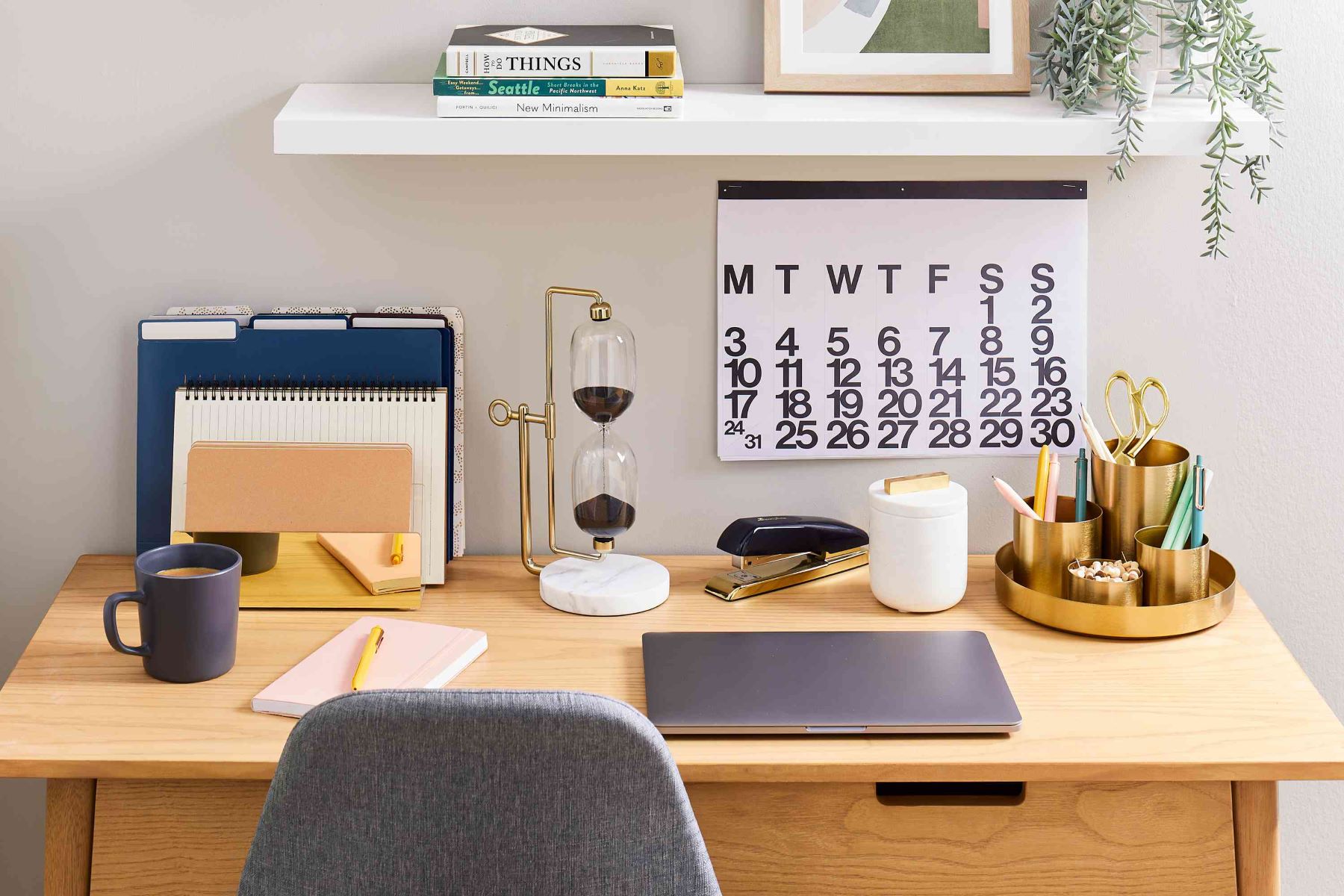
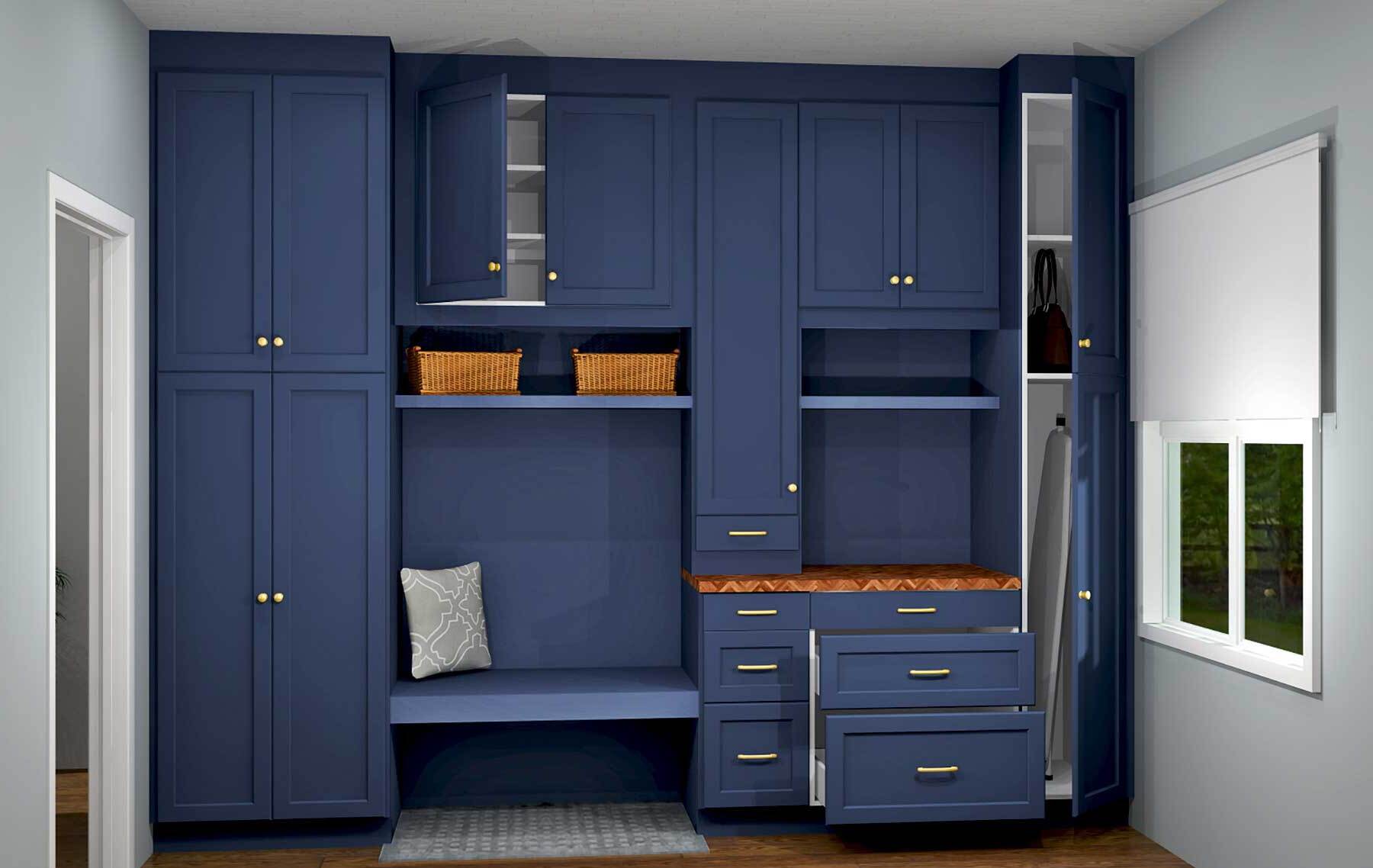
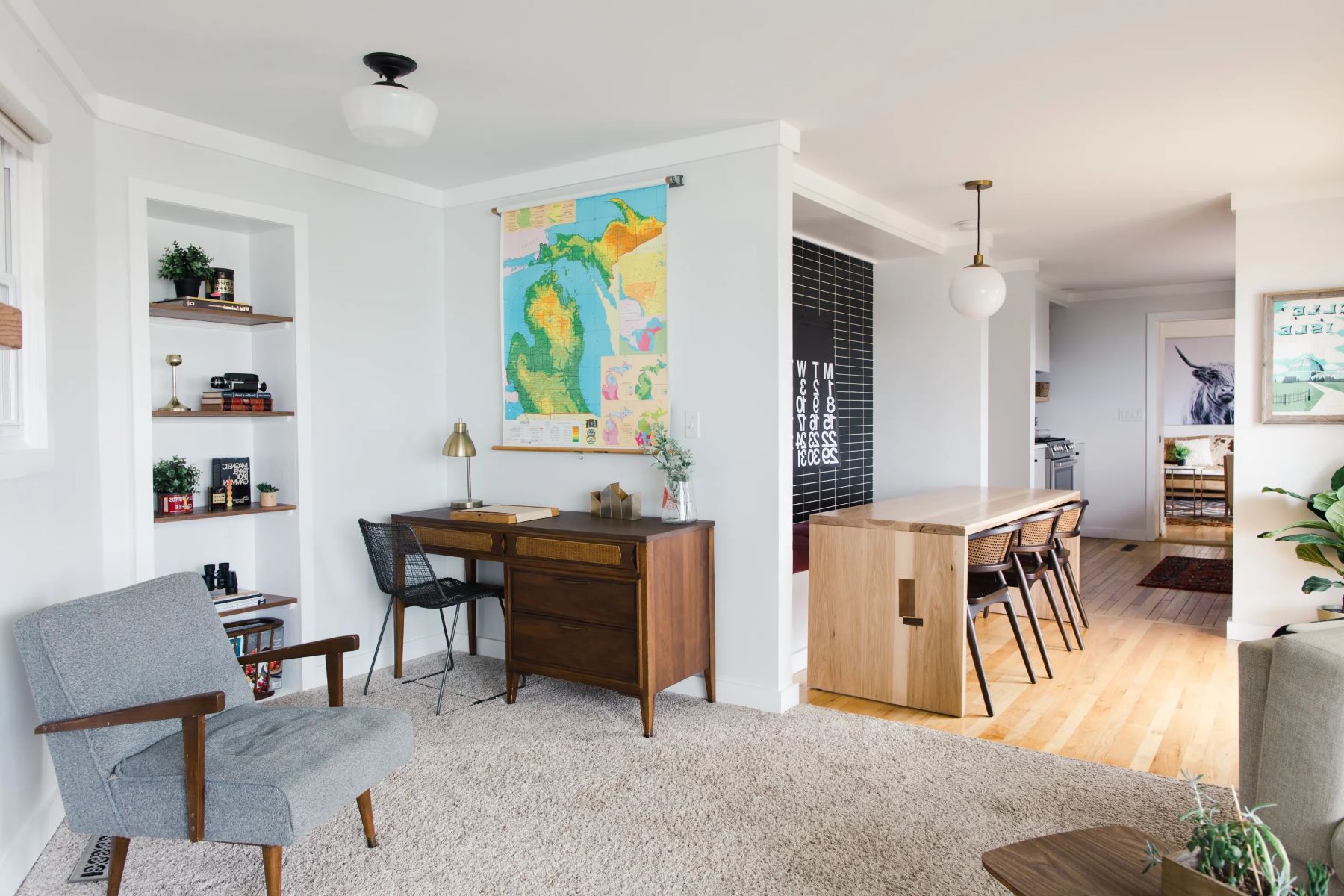

0 thoughts on “Creating A Functional Home Office In A Spare Closet”